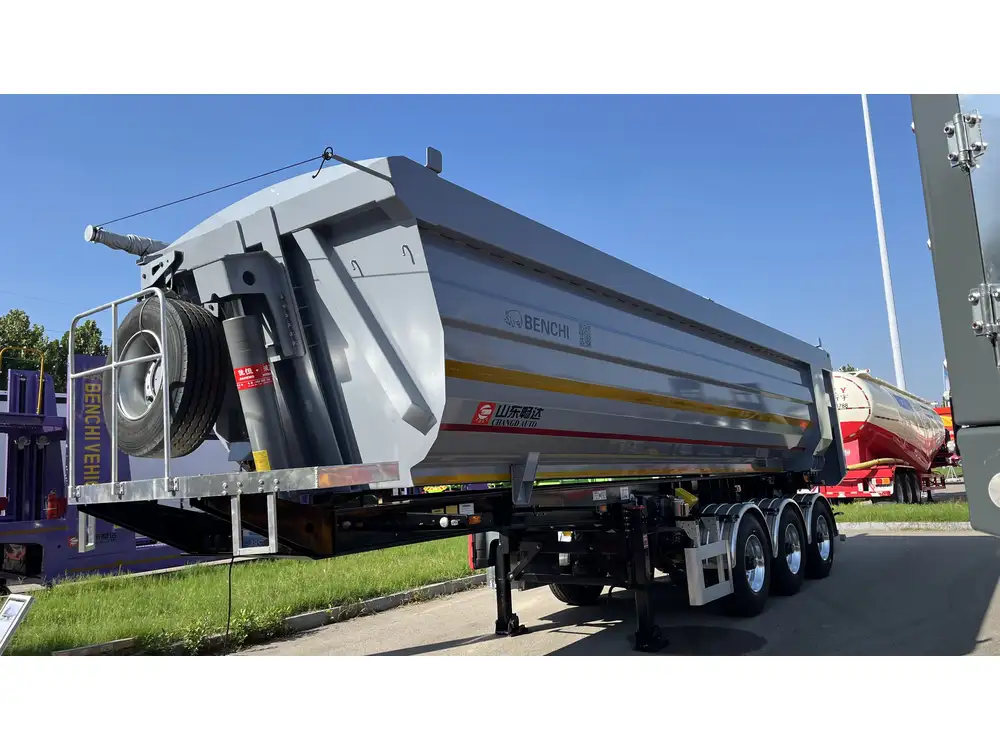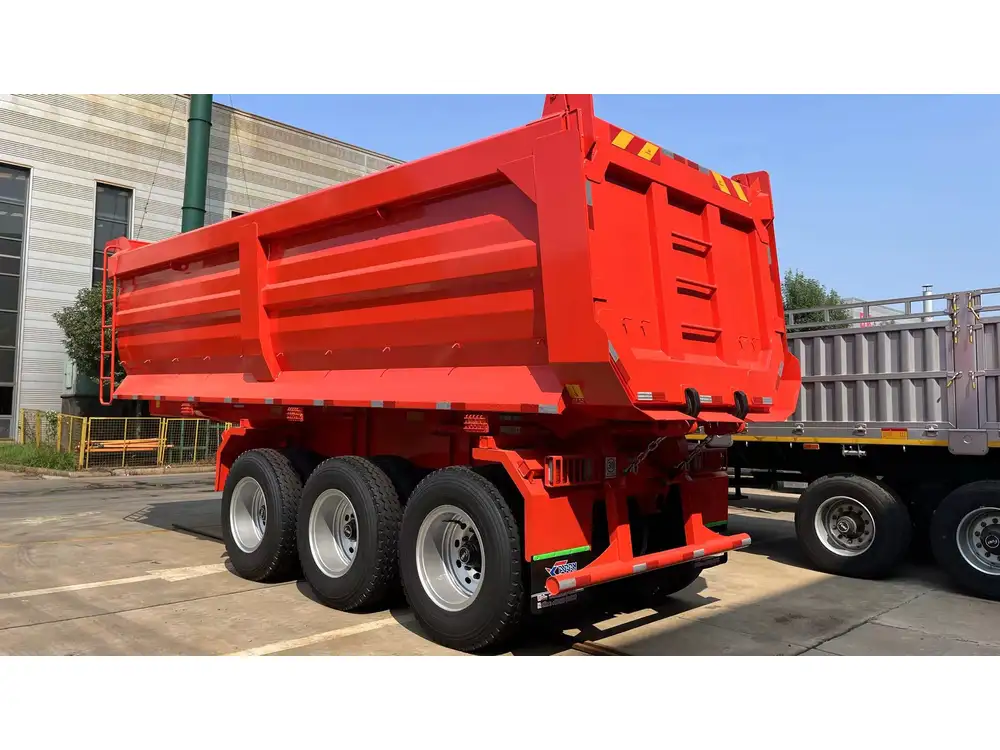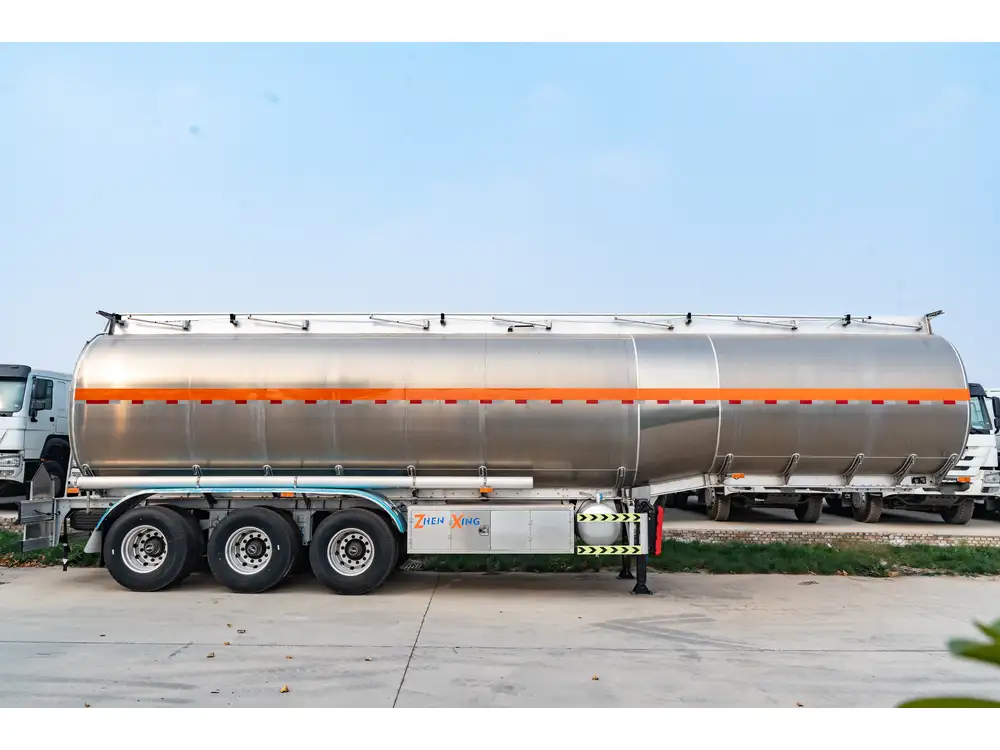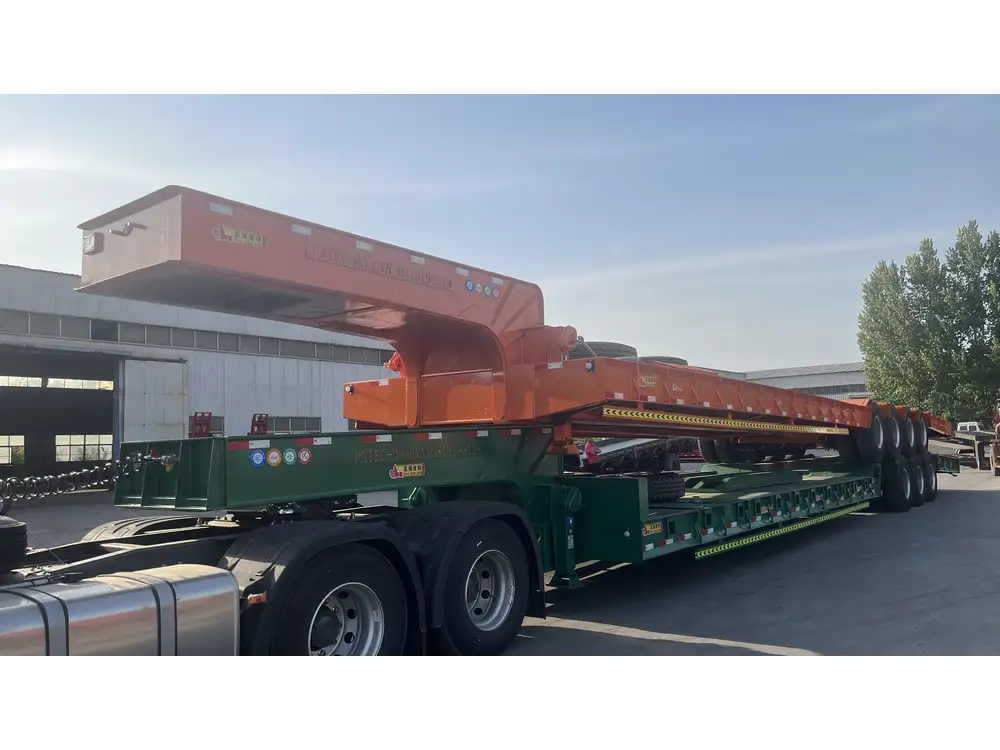When it comes to transporting heavy loads, choosing the right flatbed trailer can make all the difference. The A & F flatbed trailer stands out as an optimal choice for many industries due to its versatility and durability. This extensive guide provides an in-depth analysis of the A & F flatbed trailer, examining its specifications, applications, maintenance, and the benefits it offers compared to other trailer types.
Specifications of the A & F Flatbed Trailer
Dimensions and Load Capacity
| Model | Length | Width | Height | Max Load Capacity |
|---|---|---|---|---|
| A & F Flatbed 20′ | 20 ft | 102 in | 3 ft | 10,000 lbs |
| A & F Flatbed 30′ | 30 ft | 102 in | 3 ft | 12,000 lbs |
| A & F Flatbed 40′ | 40 ft | 102 in | 3 ft | 15,000 lbs |
The A & F flatbed trailer is available in multiple sizes, catering to various hauling requirements. Each model maintains a robust construction, ensuring it can handle substantial weights without compromising structural integrity.

Construction Material
- Frame: High-strength steel, providing resilience and reliability.
- Decking: Treated wood or aluminum, which resists weather damage while offering a non-slip surface.
The choice of materials is paramount; high-strength steel frames help in withstanding heavy loads, while either wood or aluminum decking enhances usability and maintenance.
Benefits of Using the A & F Flatbed Trailer
Versatility
The A & F flatbed trailer can accommodate a wide variety of cargo types, including:
- Heavy Machinery: Excavators, bulldozers, and other equipment.
- Construction Materials: Lumber, steel beams, and precast concrete.
- Vehicles: Cars, trucks, and other transport vehicles.
This versatility makes the A & F flatbed trailer a preferred choice for construction companies, logistics services, and various other industries.

Maneuverability
Unlike enclosed trailers, the open design of a flatbed means that loading and unloading are significantly more straightforward. The trailer’s low deck height enhances stability and eases the process of securing the load, minimizing the risk of slipping or tipping during transport.
Cost-Effectiveness
Initial investment aside, the A & F flatbed trailers allow for reduced operational costs through efficient fuel consumption. Additionally, the durability of the materials ensures longevity, leading to fewer repairs and replacements over the years.
Comparing A & F Flatbed Trailers to Other Trailer Types
In the market, various trailer types exist, each serving specific needs. Here’s an overview comparing A & F flatbed trailers to some popular alternatives:
| Trailer Type | Pros | Cons | Best For |
|---|---|---|---|
| Flatbed Trailers | Versatile, easy loading/unloading | Exposed cargo subject to weather | Heavy machinery, large items |
| Enclosed Trailers | Weather protection, security | Heavier, limited visibility | Sensitive equipment, tools |
| Lowboy Trailers | Great for extra-tall loads | Limited load height | Construction equipment |
| Step Deck Trailers | Allows for taller loads | Potentially more complex to load | Machinery and vehicles |

Key Takeaways
- If versatility and ease of loading are essential, A & F flatbed trailers are unparalleled.
- For weather protection, an enclosed trailer is ideal, though it’s heavier and less flexible.
- Lowboys are perfect for transporting oversized items, offering specific height advantages.
Maintenance Tips for A & F Flatbed Trailers
Proper maintenance is essential to prolong the life of the A & F flatbed trailer and ensure safe operation. Follow these tips:
Regular Inspections

Monthly Checks
- Tires: Check for wear and ensure proper pressure.
- Brake System: Inspect for responsiveness and fluid levels.
- Lights: Ensure all lights function properly to avoid accidents.
Bi-Annual Checks
- Frame and Deck: Look for signs of rust or damage that might compromise integrity.
- Load Securement Devices: Inspect straps, chains, and tie-downs for wear and tear.
Cleaning and Care
- Wash Regularly: Remove dirt, debris, and salt to prevent corrosion, especially during winter months.
- Touch Up Paint: Repair any scratches in the paint to prevent rust.

Lubrication
- Lubricate moving parts such as hinges and couplings bi-annually, ensuring they function smoothly.
Understanding the Regulatory Landscape
DOT Regulations
When operating an A & F flatbed trailer, it’s crucial to comply with Department of Transportation (DOT) regulations. These regulations include:
- Weight Limits: Adherence to local weight limits is mandatory, and trailers should not exceed state regulations during transport.
- Securement Standards: Loads must be secured to prevent shifting during transit, complying with specific guidelines.

Licensing Requirements
Drivers operating larger flatbed trailers may require specific licensing, such as a Commercial Driver’s License (CDL). It’s essential for operators to be aware of the licensing requirements in their state to avoid fines and ensure safety.
Innovations in A & F Flatbed Trailer Design
Enhanced Safety Features
Recent advancements in trailer technology have led to the introduction of innovative safety features in the A & F flatbed trailer, including:
- Integrated Brake Systems: Offering superior stopping power and reducing the stopping distance, particularly important when hauling heavy loads.
- Reflective Tape: Enhancing visibility at night, making the trailer safer for both the driver and other road users.

Smart Technology Integration
The integration of smart technology allows for better management of fleet operations. Features might include:
- GPS Tracking: Enables real-time monitoring of trailer location and load status.
- Telematics Systems: Providing insights into trailer performance, maintenance alerts, and driver behavior analytics.
User Considerations When Choosing an A & F Flatbed Trailer
When deliberating on acquiring an A & F flatbed trailer, consider the following:
Intended Use
Evaluate the frequency and type of loads to be transported. Will you be hauling construction materials, machinery, or vehicles? Ensuring the chosen model meets your specific needs is crucial.

Load Type
Understanding the nuances of your typical load can influence your selection. For instance, heavier machinery may necessitate a stronger model while lighter loads could afford flexibility in size.
Budget Constraints
While investments in trailers can be substantial, it’s vital to balance quality with cost. Consider both the initial purchase price and the long-term operating expenses when making a decision.
Conclusion
The A & F flatbed trailer stands as a robust solution for diverse hauling needs, thanks to its exceptional build quality and versatile applications. Its inherent advantages over other trailer types make it a worthy investment for businesses striving for efficiency and reliability in transportation. By adhering to maintenance practices and compliance regulations, users can maximize the longevity and performance of their trailers, ensuring that the A & F flatbed continues to deliver value for years to come.
With innovative features and robust construction, the A & F flatbed trailer is not just a mode of transportation; it’s an essential part of a successful logistics strategy. Choose wisely and enjoy the benefits of an A & F flatbed trailer that enhances your operational capabilities.



